Physical properties
Pure sodium hydroxide is a colorless crystalline solid that melts at 318 °C (604 °F) without decomposition, and with a boiling point of 1,388 °C (2,530 °F). It is highly soluble in water, with a lower solubility in polar solvents such as ethanol and methanol. NaOH is insoluble in ether and other non-polar solvents.
Similar to the hydration of sulfuric acid, dissolution of solid sodium hydroxide in water is a highly exothermic reaction where a large amount of heat is liberated, posing a threat to safety through the possibility of splashing. The resulting solution is usually colorless and odorless. As with other alkaline solutions, it feels slippery with skin contact due to the process of saponification that occurs between NaOH and natural skin oils.
Viscosity
Concentrated (50%) aqueous solutions of sodium hydroxide have a characteristic viscosity, 78 mPa·s, that is much greater than that of water (1.0 mPa·s) and near that of olive oil (85 mPa·s) at room temperature. The viscosity of aqueous NaOH, as with any liquid chemical, is inversely related to its service temperature, i.e., its viscosity decreases as temperature increases, and vice versa. The viscosity of sodium hydroxide solutions plays a direct role in its application as well as its storage.
Hydrates
Sodium hydroxide can form several hydrates NaOH·nH
2O, which result in a complex solubility diagram that was described in detail by S. U. Pickering in 1893. The known hydrates and the approximate ranges of temperature and concentration (mass percent of NaOH) of their saturated water solutions are:
- Heptahydrate, NaOH·7H
2O: from −28 °C (18.8%) to −24 °C (22.2%) - Pentahydrate, NaOH·5H
2O: from −24 °C (22.2%) to −17.7 (24.8%). - Tetrahydrate, NaOH·4H
2O, α form: from −17.7 (24.8%) to +5.4 °C (32.5%). - Tetrahydrate, NaOH·4H
2O, β form: metastable. - Trihemihydrate, NaOH·3.5H
2O: from +5.4 °C (32.5%) to +15.38 °C (38.8%) and then to +5.0 °C (45.7%). - Trihydrate, NaOH·3H
2O: metastable. - Dihydrate, NaOH·2H
2O: from +5.0 °C (45.7%) to +12.3 °C (51%). - Monohydrate, NaOH·H
2O: from +12.3 °C (51%) to 65.10 °C (69%) then to 62.63 °C (73.1%).
Early reports refer to hydrates with n = 0.5 or n = 2/3, but later careful investigations failed to confirm their existence.
The only hydrates with stable melting points are NaOH·H
2O (65.10 °C) and NaOH·3.5H
2O (15.38 °C). The other hydrates, except the metastable ones NaOH·3H
2O and NaOH·4H
2O (β) can be crystallized from solutions of the proper composition, as listed above. However, solutions of NaOH can be easily supercooled by many degrees, which allows the formation of hydrates (including the metastable ones) from solutions with different concentrations.
For example, when a solution of NaOH and water with 1:2 mole ratio (52.6% NaOH by mass) is cooled, the monohydrate normally starts to crystallize (at about 22 °C) before the dihydrate. However, the solution can easily be supercooled down to −15 °C, at which point it may quickly crystallize as the dihydrate. When heated, the solid dihydrate might melt directly into a solution at 13.35 °C; however, once the temperature exceeds 12.58 °C. it often decomposes into solid monohydrate and a liquid solution. Even the n = 3.5 hydrate is difficult to crystallize, because the solution supercools so much that other hydrates become more stable.
A hot water solution containing 73.1% (mass) of NaOH is an eutectic that solidifies at about 62.63 °C as an intimate mix of anhydrous and monohydrate crystals.
A second stable eutectic composition is 45.4% (mass) of NaOH, that solidifies at about 4.9 °C into a mixture of crystals of the dihydrate and of the 3.5-hydrate.
The third stable eutectic has 18.4% (mass) of NaOH. It solidifies at about −28.7 °C as a mixture of water ice and the heptahydrate NaOH·7H
2O.
When solutions with less than 18.4% NaOH are cooled, water ice crystallizes first, leaving the NaOH in solution.
The α form of the tetrahydrate has density 1.33 g/cm3. It melts congruously at 7.55 °C into a liquid with 35.7% NaOH and density 1.392 g/cm3, and therefore floats on it like ice on water. However, at about 4.9 °C it may instead melt incongruously into a mixture of solid NaOH·3.5H
2O and a liquid solution.
The β form of the tetrahydrate is metastable, and often transforms spontaneously to the α form when cooled below −20 °C. Once initiated, the exothermic transformation is complete in a few minutes, with a 6.5% increase in volume of the solid. The β form can be crystallized from supercooled solutions at −26 °C, and melts partially at −1.83 °C.
The “sodium hydroxide” of commerce is often the monohydrate (density 1.829 g/cm3). Physical data in technical literature may refer to this form, rather than the anhydrous compound.




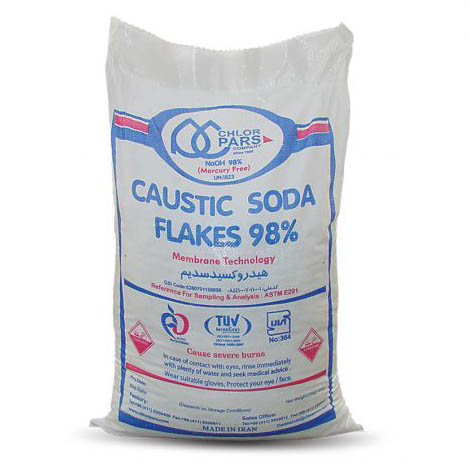
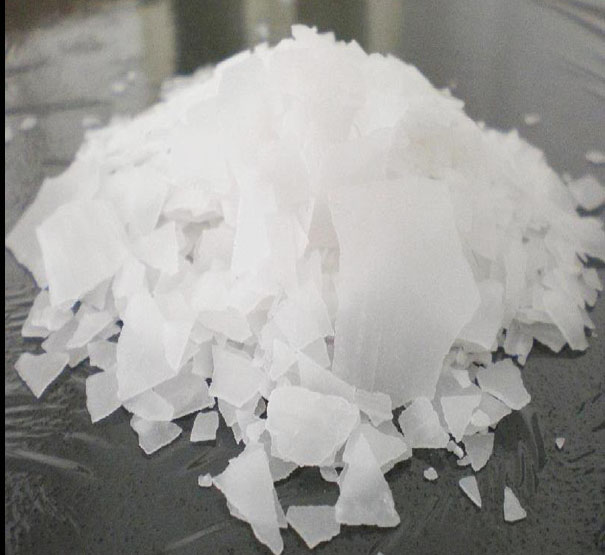
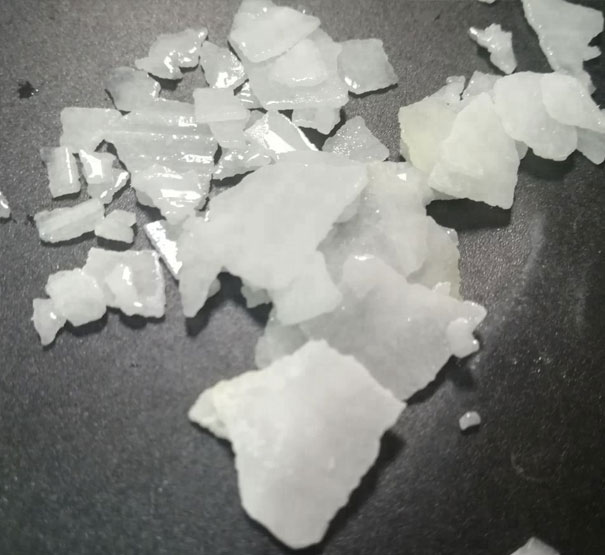

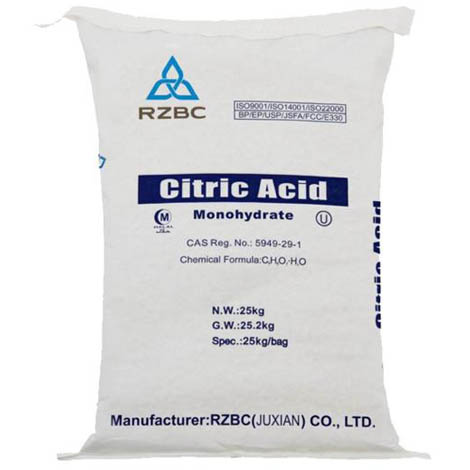


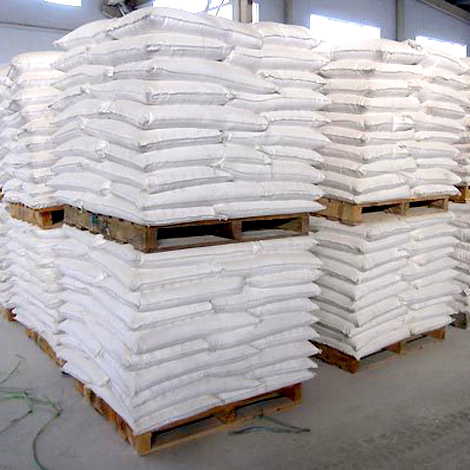
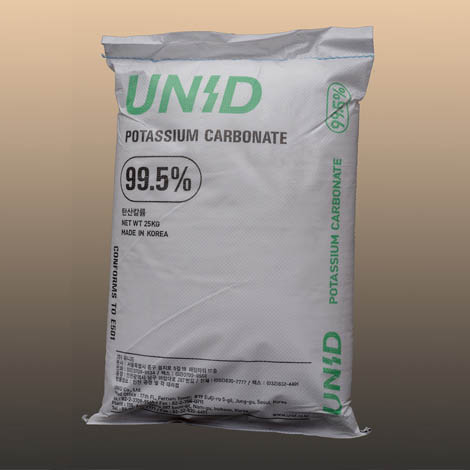
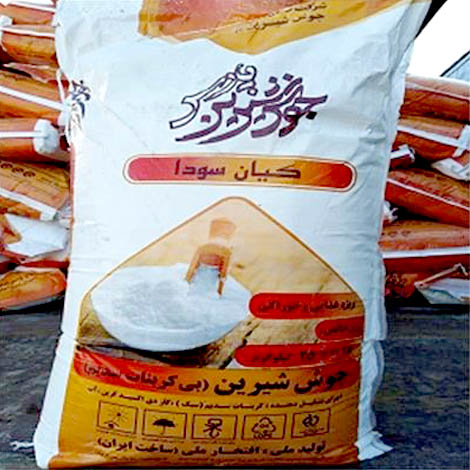


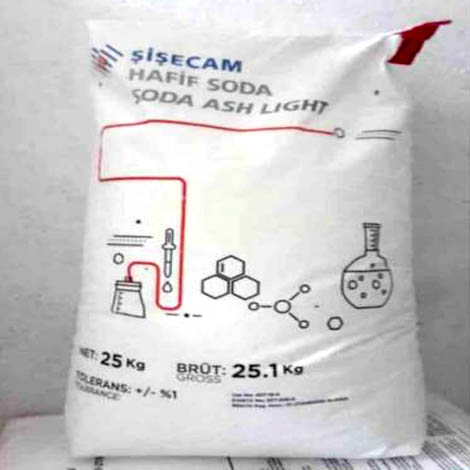

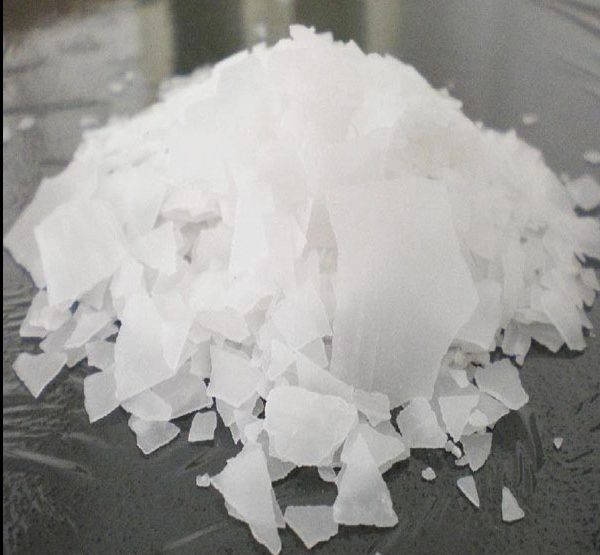







Reviews
There are no reviews yet.